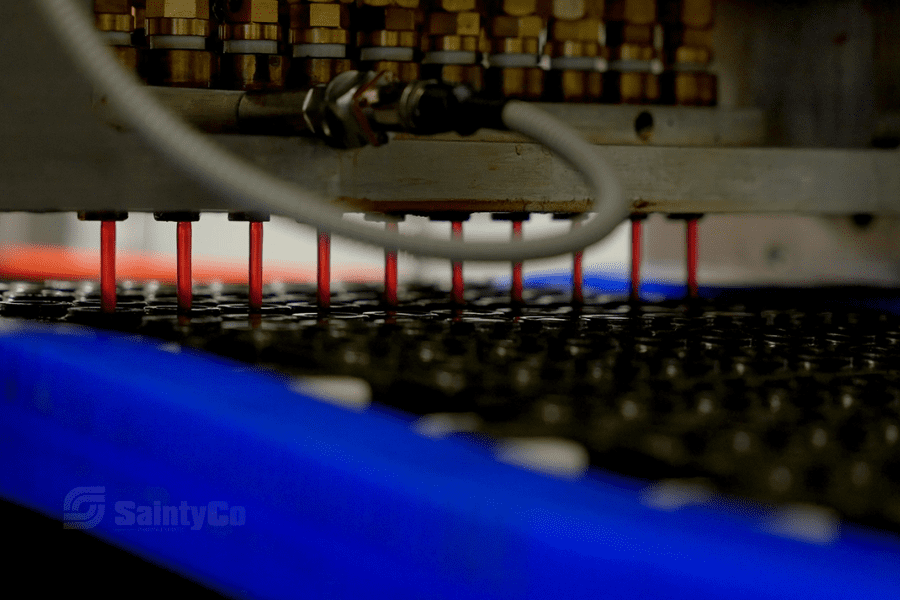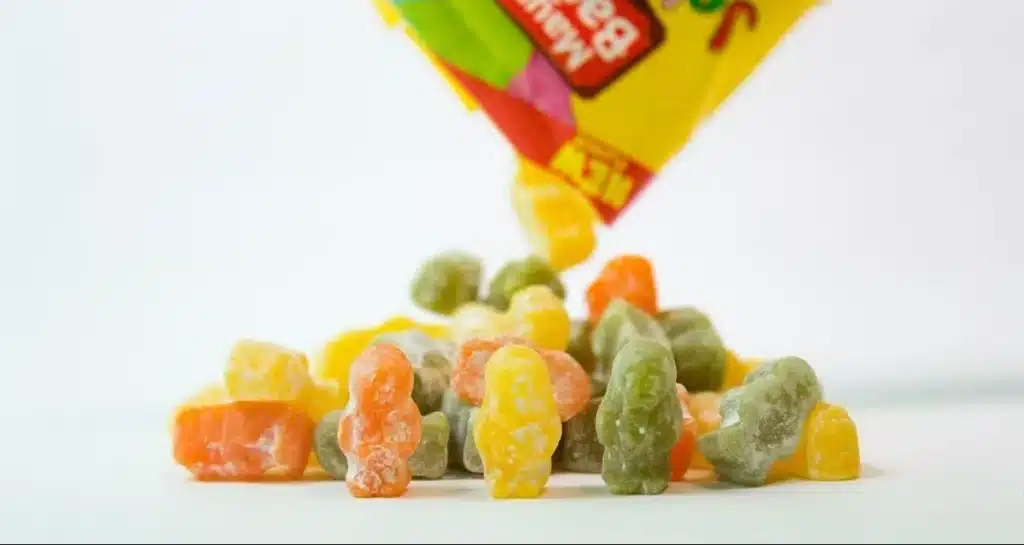Gummy Manufacturing Process: What Are the 7 Critical Factors to Monitor?

For new gummy manufacturers, success hinges on monitoring six essential factors: temperature control for texture and shelf life; ingredient consistency for uniformity; pH levels to prevent spoilage; water activity to inhibit microbial growth; humidity management for optimal production conditions; and packaging integrity to safeguard against contamination. Each factor plays a vital role in ensuring product quality and compliance with industry standards. By focusing on these elements, manufacturers can enhance their production processes and meet market expectations effectively. This guide provides insights into practical strategies for maintaining these critical parameters throughout the manufacturing process.
What’s the Difference Between Gummy Bears and Jelly Babies?

Jelly Babies and gummy bears are popular candies with distinct textures influenced by their ingredients. Jelly Babies use pectin or starch for a soft feel, while gummy bears rely on gelatin for chewiness. Their production processes also vary, with Jelly Babies requiring aeration and rounded molds, whereas gummy bears need precise temperature control and intricate molds. Understanding these differences helps manufacturers choose suitable equipment for optimal results. As consumer preferences shift towards healthier options, innovations in candy production allow for the creation of vegan and sugar-free varieties. This article explores the unique characteristics of both candies, providing insights into their production techniques and market trends.
